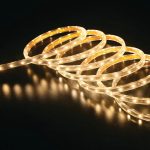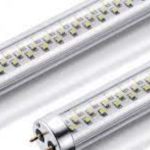Brilliant Ways: How to Hide LED Light Strips with Creative Techniques
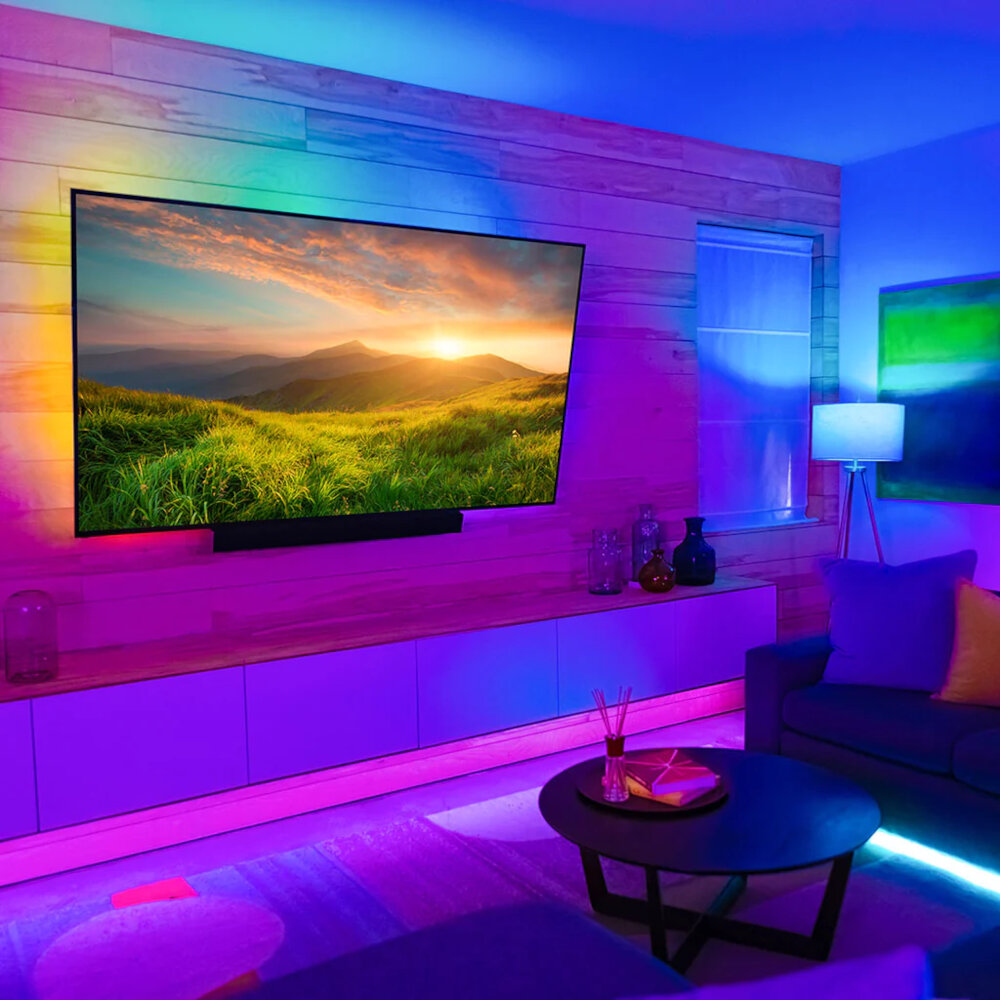
LED light strips are a fantastic way to brighten up any space. Whether you want to add some color to your room or highlight certain areas, LED light strips can do the job. However, many people struggle with finding ways to hide these strips without compromising their aesthetics. Fortunately, there are some brilliant techniques that you can use to conceal these lights and give your space a clean and polished look. From creative molding to clever DIY hacks, there are numerous ways you can hide LED light strips. With a little bit of creativity and ingenuity, you can transform your living space into a cozy and inviting environment. In this article, we will explore some of the most brilliant ways to hide LED light strips, providing you with the inspiration and guidance you need to revamp your space. So, whether you’re looking to create a cozy ambiance in your bedroom or add some flare to your living room, these creative techniques will help you achieve your desired look.
LED light strips are a popular lighting solution that offers various benefits, including energy efficiency, versatility, and ease of installation. These strips consist of a series of light-emitting diodes (LEDs) that are mounted on a flexible circuit board. While LED light strips are a fantastic addition to any space, they can sometimes look unattractive or out of place when left visible. This is where the need to hide them arises. By concealing the LED light strips, you can create a more seamless and cohesive look in your space, while still enjoying the benefits of the illuminated ambiance. There are several creative techniques to hide LED light strips, including recessed installations, using molding, or incorporating them into furniture.
Under Cabinet Lighting
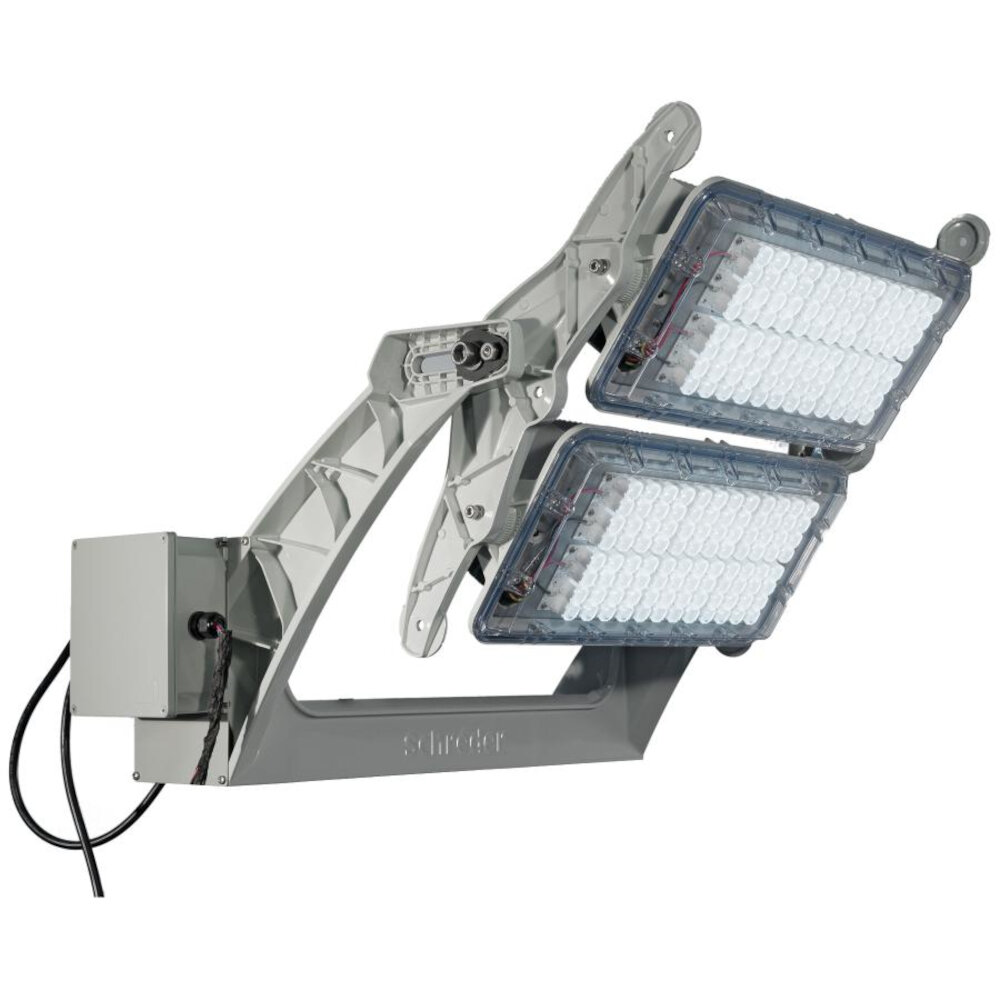
Under cabinet lighting is an excellent way to enhance the aesthetics of your kitchen. It adds a touch of elegance and sophistication to your kitchen decor. Not only does it serve as a decorative element, but it is also practical as it illuminates your workspace, making it easier to prepare meals. Under cabinet lighting comes in different forms, such as LED strips, puck lights, and linear lights. LED strips are the most popular option as they are energy-efficient, long-lasting, and easy to install. They are perfect for illuminating the entire length of your cabinets, providing even illumination across the workspace. When installing under cabinet lighting, it is crucial to consider the color temperature of the lights. Warm white or soft white is recommended as it creates a cozy and inviting atmosphere in your kitchen. Cool white, on the other hand, is more suitable for task lighting, such as in an office or workshop. Additionally, dimmable lighting is an excellent option as it allows you to adjust the brightness according to your needs. Under cabinet lighting can also be used in other areas of your home, such as your bathroom or closet. With the right installation technique, under cabinet lighting can be a game-changer in your home decor.
Under cabinet lighting is a popular lighting technique that adds ambiance and functionality to any kitchen or workspace. It involves installing light fixtures underneath cabinets to illuminate the countertop area. LED light strips are a great option for under cabinet lighting because they are energy-efficient, easy to install, and have a long lifespan. To hide LED light strips, one technique is to use a channel or track to conceal the strip. The channel is attached underneath the cabinet, and the LED strip is placed inside the channel. This creates a clean and seamless look, while also protecting the LED strip from damage. Another technique is to use a diffuser, which is a material that is placed over the LED strip to soften the light and make it more even. This technique can also help to hide the individual LED bulbs, creating a more uniform and professional look.
Using under cabinet lighting to hide LED light strips is a popular technique that adds a stylish and modern look to any room. One of the biggest pros of this method is that it provides a subtle, yet effective, source of light that can enhance the ambiance and mood of the space. Additionally, it can also highlight certain decorative features such as artwork or plants. On the other hand, one of the cons of this technique is that it requires some level of electrical expertise to install and ensure safety. Moreover, the cost of the LED strips and under cabinet lighting may be higher than other lighting options. Finally, if not installed correctly, the LED strips may be visible and ruin the aesthetic appeal of the space.
Cove Lighting
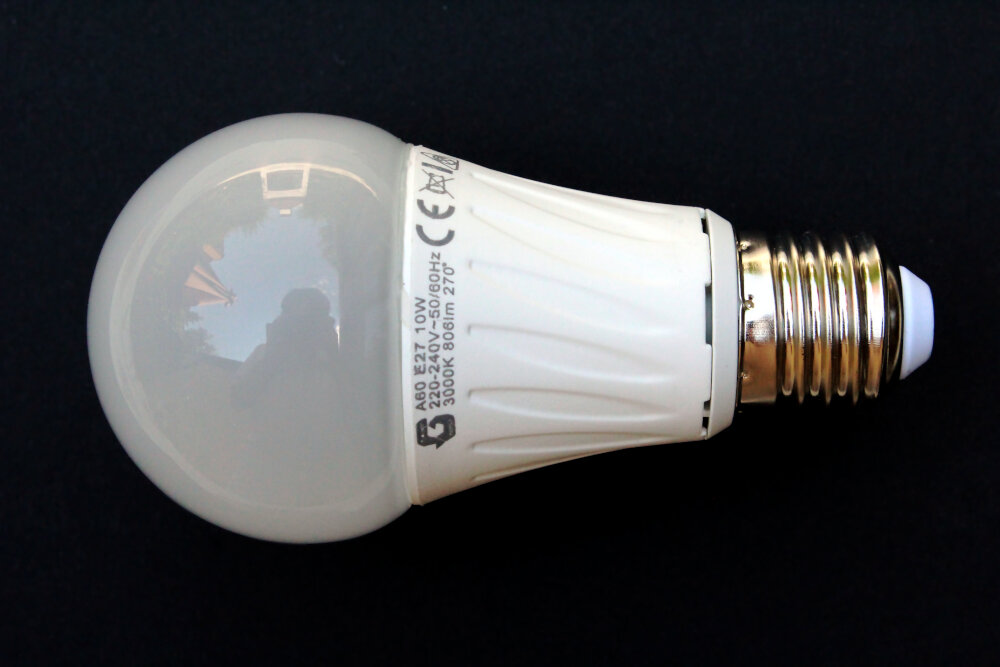
Cove lighting is a technique that involves installing LED light strips in a recessed area, typically at the junction of a wall and ceiling. This form of lighting is an excellent addition to any room, as it provides a soft and warm glow that elevates the ambiance of the space. The primary benefit of cove lighting is that it creates an illusion of a larger room and provides an accent to walls and ceilings, making them appear more prominent. Moreover, cove lighting is an excellent way to hide LED light strips as it is entirely concealed behind the cove, offering an unobtrusive and subtle lighting effect. Installation of cove lighting is relatively easy, and it can be done using various materials such as plaster, wood, or PVC. With the advent of smart technology, cove lighting can be controlled through a smartphone or a remote control, allowing you to adjust the brightness and color of the light, giving you full control over the ambiance of your space. Cove lighting is an innovative and creative way to enhance the aesthetic appeal of your room while providing an energy-efficient lighting solution.
Cove lighting is a lighting technique that involves installing light fixtures in a recessed area, such as the ceiling or walls, to create a soft, ambient glow. This technique is often used in modern and contemporary homes to create an elegant and sophisticated atmosphere. To hide LED light strips using cove lighting, you can install them in a recessed area along the ceiling or walls, then cover them with a molding or trim that matches the surrounding decor. This helps to create a seamless and cohesive look, while also diffusing the light and reducing glare. Additionally, you can use dimmer switches to adjust the intensity of the light, allowing you to create different moods and atmospheres in your home.
Cove lighting is a popular technique to hide LED light strips, and it has both pros and cons. One of the main advantages of cove lighting is that it creates a soft and subtle glow that adds depth and dimension to a room. It is also helpful in creating a visually appealing and sophisticated ambiance, especially in modern or minimalist decor. However, installing cove lighting can be tricky and require professional expertise, which can be expensive. Also, cove lighting is not suitable for every room or space, as it needs a specific design and structure to be effective. Additionally, it may not provide enough brightness for practical purposes, such as reading or working. Therefore, it is important to weigh the pros and cons of using cove lighting before deciding to hide LED light strips in this way.
Backlighting
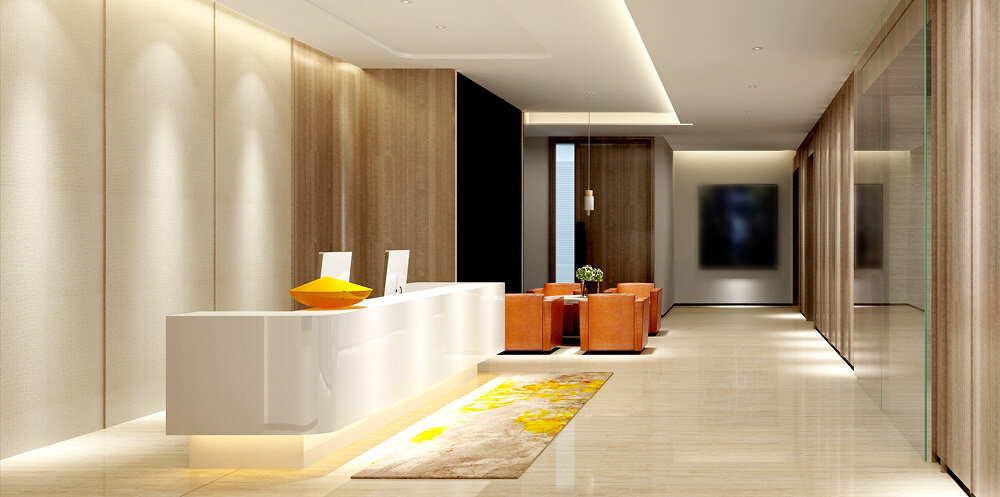
Backlighting is a technique used to create a unique and eye-catching effect in any space. It involves placing a light source behind an object or surface, which creates a glowing effect around the edges. Backlighting can be used in a variety of settings, including home decor, photography, and even in the film industry. It adds depth and dimension to any space, making it appear more dynamic and interesting. Backlighting can be achieved using a variety of light sources, including LED light strips, which are easy to install and highly versatile. Using LED light strips for backlighting is a great way to create a subtle and elegant effect in any space. These light strips are highly flexible and can be easily installed behind objects or surfaces, creating a soft and diffused glow. LED light strips come in a variety of colors and intensities, making it easy to find the perfect match for any project. They are also energy-efficient and long-lasting, making them a practical and cost-effective choice for any lighting project. Whether you’re looking to create a cozy ambiance in your living room or add a touch of glamour to your bedroom, LED light strips are the perfect way to achieve your desired effect.
Backlighting is a technique that involves placing a light source behind an object or surface to create a glowing effect. This technique is commonly used in photography, film, and television, but it can also be applied to interior design. By using backlighting, you can create a stunning visual effect in your home by placing LED light strips behind objects or surfaces such as shelves, cabinets, or even artwork. To hide the LED light strips, you can use materials such as frosted glass or plexiglass to diffuse the light and create a more subtle effect. Alternatively, you can use molding or trim to conceal the LED light strips and create a seamless look. By using backlighting and creative techniques to hide LED light strips, you can elevate the aesthetic of your home and create a unique and personalized space.
Using backlighting to hide LED light strips can be a brilliant technique for achieving a subtle and sophisticated lighting effect. One of the biggest advantages of backlighting is that it creates a soft, diffused glow that can enhance the ambience of any space. Additionally, backlighting can be used to highlight specific features or objects in a room, such as artwork or architectural details. However, there are also some potential drawbacks to using backlighting. For example, it can be difficult to achieve an even distribution of light, and there may be issues with glare or hotspots. Additionally, some types of backlighting may require more complex installation and wiring, which can be time-consuming and costly.
Recessed Lighting
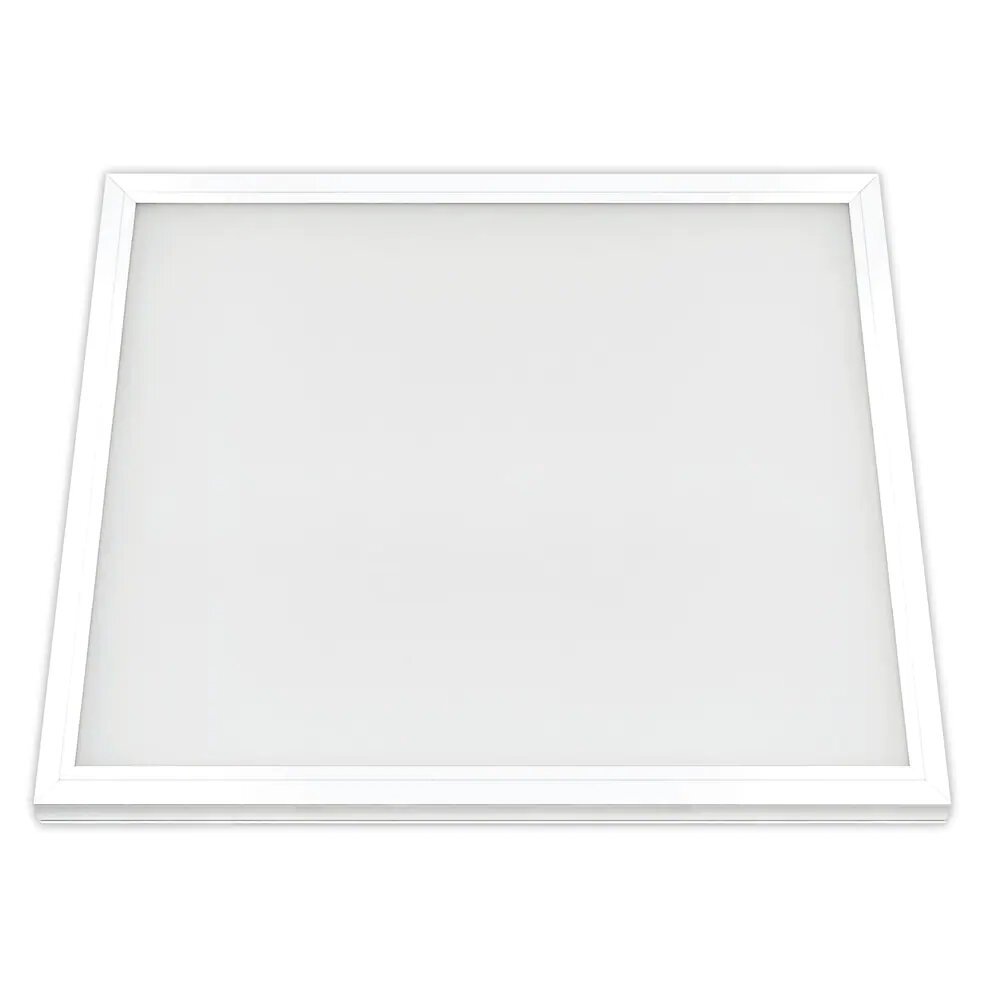
Recessed lighting is an excellent way to add a touch of elegance and sophistication to any home. This type of lighting is installed into the ceiling, creating a seamless look that is both modern and stylish. Recessed lighting can be used in any room of the house, but it is particularly popular in kitchens, living rooms, and bathrooms. One of the benefits of using recessed lighting is that it can be used to highlight specific areas of a room, such as a piece of artwork, a bookshelf, or a fireplace. This type of lighting is also ideal for creating a warm and inviting atmosphere, making it perfect for entertaining guests or relaxing at home. In addition to its aesthetic appeal, recessed lighting is also energy-efficient and long-lasting. LED bulbs are commonly used in recessed lighting fixtures, which are known for their energy efficiency and long lifespan. This means that not only will you save money on your energy bills, but you will also save money on replacement bulbs over time. Another benefit of using LED bulbs in recessed lighting is that they do not emit heat, which can be a concern in small spaces. This makes recessed lighting a safe and practical choice for any home.
Recessed lighting is a type of lighting where the light fixture is installed into the ceiling or wall, creating a streamlined and modern look. It is a great way to add ambient lighting to a room without the fixtures being too obtrusive. To hide LED light strips using this technique, first, install the recessed lighting fixtures where you want them. Then, attach the LED light strips to the inside edge of the recessed fixture, facing downwards. This will create a subtle and hidden light source that will illuminate the room without being too distracting. This technique works especially well in areas where you want to highlight specific features, such as artwork or architectural details.
Recessed lighting is a popular technique to hide LED light strips and create a clean, streamlined look. One of the biggest advantages of using recessed lighting is that it can be used to highlight specific areas or create a mood without drawing attention to the light source itself. Additionally, recessed lighting can be installed in a range of locations, including ceilings and walls, making it a versatile option. However, one potential downside of recessed lighting is that it can be more difficult to install than other methods, and may require professional assistance. Additionally, it may not be as effective in larger spaces or areas with high ceilings, as the light may not be able to reach all areas evenly.
The use of LED light strips has become increasingly popular in recent years, as they can transform any space into a unique and captivating environment. However, many people struggle with finding creative ways to hide the light strips without compromising their aesthetic appeal. Luckily, there are numerous techniques available that can help to conceal LED light strips while also enhancing their overall appearance. These techniques range from using unique materials such as wood or metal to create custom fixtures, to incorporating the light strips into existing architectural features such as crown molding or under cabinets. By utilizing these creative techniques, anyone can achieve a stunning and seamless look for their LED light strips, adding a touch of modern elegance to any room.
In conclusion, hiding LED light strips can significantly enhance the overall look of your home decor, providing a subtle yet impactful touch. By using creative techniques such as installing them behind mirrors, under cabinets, or behind furniture, you can create a warm and inviting atmosphere that showcases your style and personality. Additionally, concealing these strips can remove the cluttered appearance of wires and cables, resulting in a cleaner and more organized space. Overall, utilizing LED light strips and creatively hiding them can transform the ambiance of any room, providing a unique and elegant touch that leaves a lasting impression on your guests.
Conclusion
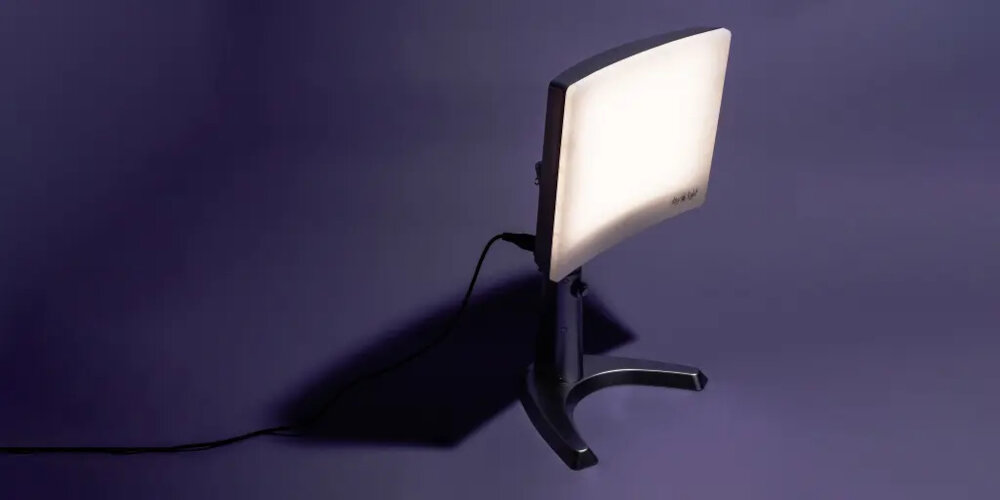
In conclusion, hiding LED light strips can be a fun and creative task that allows you to add a touch of ambiance and style to your living space. From using cleverly placed mirrors and furniture to creating unique patterns and designs, the possibilities are endless. By taking the time to carefully plan and execute your lighting setup, you can create a truly stunning and personalized atmosphere that will leave your guests in awe. So go ahead, get creative, and let your imagination run wild!

